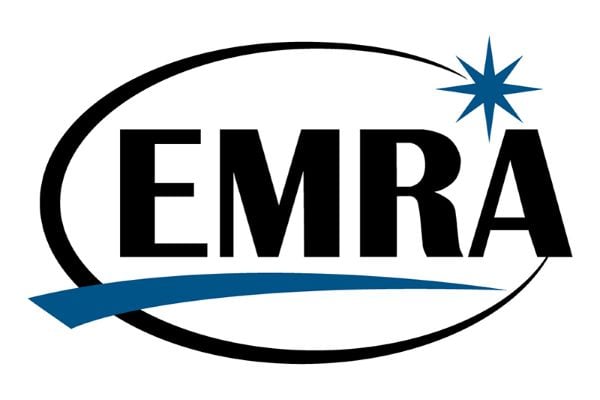The Impact of Student Loans on an Emergency Physician’s Career Path
The Impact of Student Loans on an Emergency Physician’s Career Path
By Jason DiLorenzo, Founder & Director, Doctors Without Quarters (DWOQ)
It’s no secret that early-career Emergency physicians today have mountains of student loan debt. A debt load of roughly $200k is now below average for physicians who graduated from a public medical school in 2017, while their peers who matriculated from private or osteopathic programs often carry balances above $300k. Exacerbating this issue is the fact that interest rates for doctors transitioning to practice today average nearly 7%.
Increasing physician debt levels and available federal and state repayment and forgiveness options are altering the economics of practicing Emergency Medicine, and these factors are beginning to impact certain career decisions of young doctors today. As a young doctor today, it’s imperative that you understand not only the basics of loan repayment, but which repayment programs complement or conflict with your economic profile as well as your career trajectory. The article was drafted to help you understand the marketplace today so that you can make informed decisions as you progress through training and into practice.
Federal Loan Forgiveness
While many EM physicians will transition to practice in for-profit roles, typically residency and fellowship qualify for the Public Service Loan Forgiveness (PSLF) program. Enacted by Congress in 2007, it offers tax-free loan forgiveness for anyone directly employed by a Federal, State, or local government organization, or directly by a 501c(3) non-profit for 10 cumulative years if you are also using a qualified repayment plan over this time. For many medical graduates who begin using an Income-Driven repayment plan during their training, this program offers a much lower out-of-pocket cost than the amount borrowed, and these qualifying payments typically make economic sense during that time anyway. As a result, an increasing number of physicians today are… and perhaps should be… seeking PSLF-qualified job opportunities post-training. If you’re considering working in a non-profit environment, an underserved area, or staying in academics, you should work to maximize this benefit during your training.
Note: Due to an evolving legislative climate, recent and proposed changes may impact the appropriate action plan to maximize PSLF, and understanding the marketplace is critical to maximizing your savings opportunity. If you are pursuing PSLF, be sure to update your strategy annually as the marketplace changes. Those of you already on this path can take solace in the fact that proposed changes are only intended to affect future borrowers.
Salary Equivalent
An overlooked, and critical, consideration is what we call the “PSLF Salary Equivalent.” While we understand that in some cases non-profit employers may offer lower salaries than competing for-profit groups, student loan savings should be factored into the economic analysis of any PSLF qualified job, which can often make non-profit roles more economically attractive in the years that PSLF is available. In one case study, for the six years following a four-year training term, the non-profit salary offered was worth an additional $72k per year in additional salary equivalent, comfortably surpassing the for-profit offer in hand.
In order to maximize this unique opportunity in today’s marketplace, a borrower must be strategic in managing their loans from medical school graduation, and remain informed and strategic throughout training to maximize savings.
“To Refi or not to Refi; That is the Question”
If loan forgiveness isn’t available or appropriate, a common strategy for Emergency Medicine physicians today to refinance. Simply put, refinancing refers to taking out a new loan with a lower interest rate from a private lender or bank, and using the proceeds to pay off the original student loans… a strategy that in many cases can save many physicians tens of thousands of dollars. The refinancing marketplace has evolved rapidly over the past few years, with the products, rates, and list of participating banks constantly changing. It’s important that you have an understanding of the current marketplace, or have a reliable advocate who can assist with the process and help determine when refinancing is suitable. When you refinance with a private lender, you forfeit all rights to federal benefits such as reduced payments (which are typically needed during training), interest subsidies, and potential loan forgiveness.
Following are profile considerations of those for whom refinancing may be suitable:
- Practicing/attending physicians working for a for-profit organization
- Final year residents/fellows who have signed for-profit contracts
- Current residents/fellows with one or more of the following:
- Less than $100k in total student loan debt
- A high income-earning spouse
- An expectation of for-profit employment after training (common in EM)
- No interest in federal loan forgiveness (though we would like to know why as many trainees don’t understand the current and proposed federal programs available)
- ANY physician with private student loan debt
DWOQ. An Approved EMRA Benefits Program.
Learn MoreRelated Content






